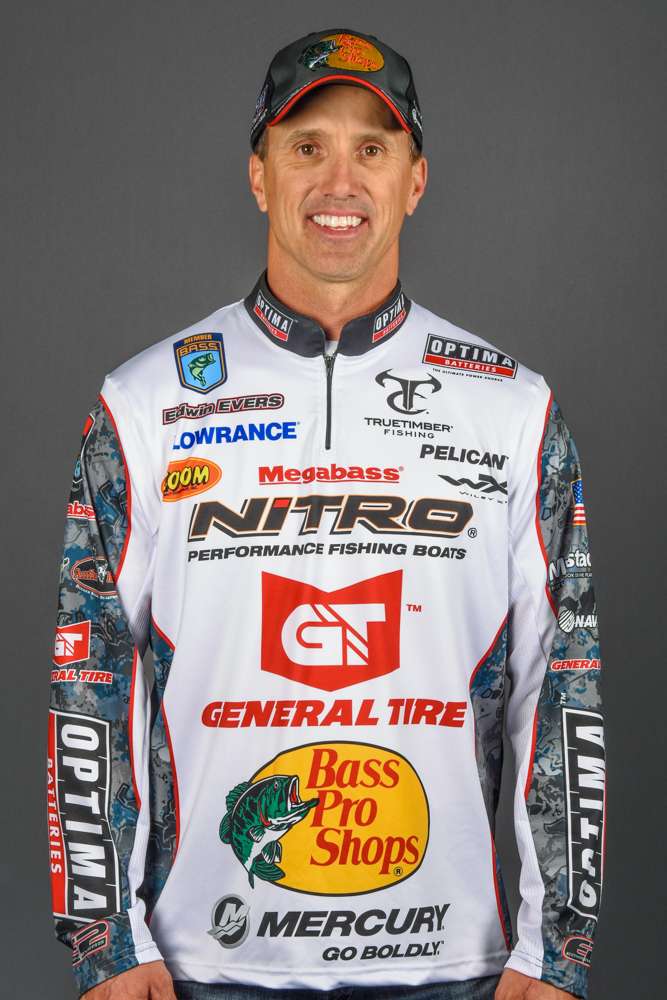Every year about this time, I start to shift my focus from deep water to shallow water. I know that might not make a lot of sense — it's the hottest time of year and you'd think most bass would escape that by staying offshore and deep — but bass don't have to explain themselves.
In some ways I can understand why they'd move shallow. For one, there's more fishing pressure in deep water at this time of year, so the big groups of fish that held together in June and July might break up and go shallow to escape that pressure. For another, I think water quality might be better in the shallows; incoming current and wind can keep oxygen levels comfortable even when temperatures are high.
You might ask, "How shallow is 'shallow' for bass in the heat of summer?" It's a great question, and the answer depends on the lake you're fishing. I've learned that if the water is even a little bit stained (maybe three to four feet of visibility), the bass will often hold on cover that's just knee deep. In fact, I've often been amazed at how shallow I can find bass — good bass … big bass! — in August. The dirtier the water, the shallower you'll likely find them.
Not only is it often more fun to catch bass when they're shallow and you can sometimes see the bite, it's also a lot easier because you're generally casting to cover you can see. Boat docks, laydowns and overhanging trees are some of my favorite cover types now. And they can be productive almost anywhere on the lake — from the main body to the backs of creeks where you caught them spawning a few months ago.
In fact, the backs of creeks are often a great place to check, especially if you can find some water coming in. It doesn't have to be a lot of water, either. Even a little bit will help by bringing in fresh oxygen. Look for shad, too. You know the old saying: find the bait, find the bass. Without current or shad, though, main lake cover and areas just off the main lake are typically best.
One of my favorite things about this pattern is that it lets me use a lot of different bait types and fishing styles. I have a reputation for being a versatile angler, and it's probably because I grew up enjoying all different lure types and methods. Some guys like to flip and pitch. Other guys like to catch 'em on top. I like it all, and believe it or not there are lots of different ways to catch these shallow August bass.
If you were to look at the deck of my boat this month, you'd find rods rigged with a big topwater bait (like the Megabass X Pod), a War Eagle Buzzbait, a square bill crankbait, a hollow-bodied frog and something I can flip and pitch (like the Zoom Z Hog). This is shallow water power fishing at its most basic, and the bass you'll catch are often big.
I'll generally start my day by working a topwater or buzzbait, covering a lot of water quickly and looking for reaction bites. Once the sun gets up, it tends to position the fish in the cover and shade. That's when I'll go to the crankbait or Z Hog. Even with the sun high overhead, though, you can still get topwater bites — and they'll often be big fish — but you'll generally get more bites with other presentations.
The last thing I want to say about this pattern is that when you catch one on a piece of cover — especially if it's a big piece of cover that offers a lot of shade — be sure to throw back in there a few more times. A boat dock or overhanging tree could have three or four resident bass, and you just might be able to catch all of them.





